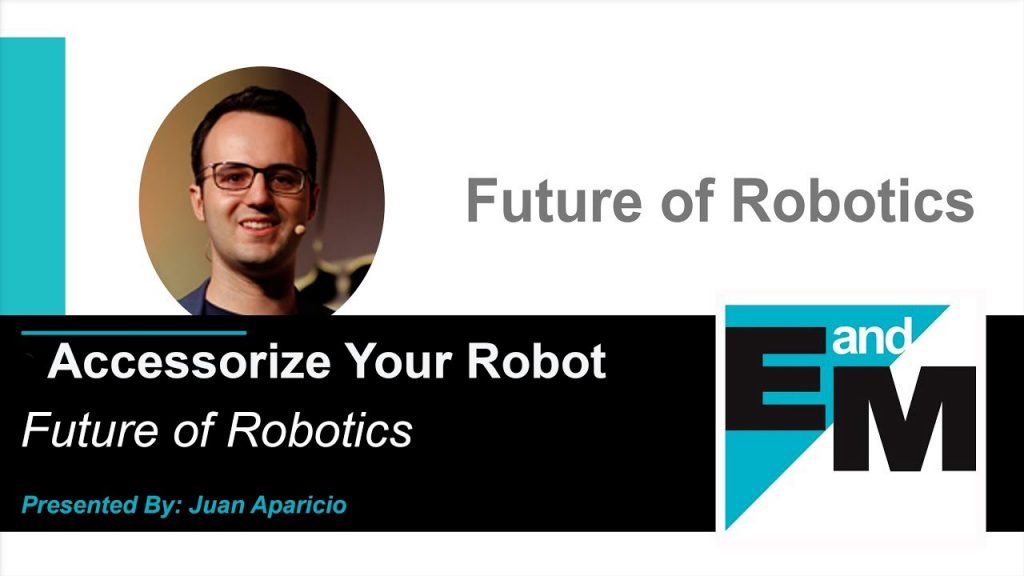The future of industrial robotics is an exciting and rapidly evolving field. As technology continues to advance, so does the potential for robots to revolutionize the manufacturing industry. Siemens, a leader in industrial automation and digitalization, has a vision for the next generation of industrial robots that promises to drive innovation and efficiency in factories around the world.
In a recent YouTube video titled "Future of Industrial Robots | Siemens: Vision for the Next Generation," Siemens shares their insights and predictions for the future of robotics. In this article, we will delve into the key points discussed in the video and explore the potential impact of these advancements on the manufacturing industry.
Siemens envisions a future where industrial robots are not just tools for automation, but intelligent and versatile machines that can adapt to changing production needs. These robots will be equipped with advanced sensors, artificial intelligence, and machine learning capabilities, allowing them to perform complex tasks with precision and efficiency. The integration of robots with digital platforms and cloud-based systems will enable real-time data analysis and optimization, leading to improved productivity and cost savings.
One of the key areas of development in the future of industrial robotics is collaborative robots, also known as cobots. These robots are designed to work alongside human operators, complementing their skills and enhancing overall productivity. Cobots can perform repetitive or physically demanding tasks, freeing up human workers to focus on more complex and creative activities. Siemens believes that the use of cobots will not only increase efficiency but also improve workplace safety by reducing the risk of accidents.
Another important aspect of the future of industrial robotics is the concept of a digital twin. A digital twin is a virtual representation of a physical robot or system that enables real-time monitoring and analysis. By creating a digital twin of a robot, manufacturers can simulate different scenarios, optimize performance, and predict maintenance needs. This technology allows for proactive and predictive maintenance, minimizing downtime and maximizing productivity.
Siemens also highlights the role of additive manufacturing, or 3D printing, in the future of industrial robotics. 3D printing enables the production of complex and customized parts on-demand, reducing lead times and costs. This technology has the potential to transform the way robots are manufactured, making them more agile and adaptable to specific production requirements.
The video concludes by emphasizing the importance of human-machine collaboration in the future of industrial robotics. Siemens believes that robots are not meant to replace human workers but to augment their capabilities and create new opportunities. By combining the strengths of humans and robots, manufacturers can achieve higher levels of productivity, quality, and innovation.
In summary, the future of industrial robotics holds immense potential for transforming the manufacturing industry. Siemens' vision for the next generation of robots encompasses advancements in artificial intelligence, machine learning, collaborative robots, digital twins, and additive manufacturing. These technologies will enable manufacturers to optimize production processes, improve workplace safety, and drive innovation. The future of industrial robots is bright, and Siemens is at the forefront of this exciting journey.
Check the coil packing solution with a leading manufacturer for the professional solution just here. Industrial Robot
"Enhancing Your Robot's Functionality: A Glimpse into the Future of Industrial Robotics!"






